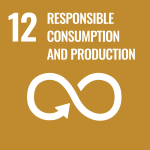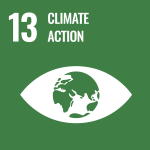Re-using greenhouse gasses to produce low carbon fuels
That greenhouse gas (GHG) emissions need to be drastically cut is hardly breaking news. The chemical industry is always looking into ways of further reducing GHG in their production processes. One solution is to capture CO2 and transform it into valuable products. This is known as carbon capture and utilisation (CCU) or CO2 valorisation.
Total has identified two promising technologies for converting CO2 into important products using low carbon energy sources: a one-step electroreduction of CO2 and a two-step conversion of CO2 which requires hydrogen. Whilst the one-step process is not yet ready for use at a commercial scale, Total have teamed up with Sunfire to implement their two-step conversion plans.
Sunfire will provide Total’s Raffinerie Mitteldeutschland GmbH with a high temperature electrolyser in the course of 2021. At this production unit, Total will produce synthetic methanol in a two-step process. In step 1, Total will use Sunfire’s electrolyser to split water into hydrogen and oxygen, using renewable energy sources. The electrolyser itself re-uses steam or waste heat from the refinery’s operations to complement the use of renewable electricity. With this method, the use of valuable green electricity can be reduced.
As a second step, this renewable hydrogen is combined with industrial concentrated CO2 to produce synthetic methanol. This means that the CO2 used in the process is recycled CO2 generated by the production unit itself, which limits emitting new CO2 into the atmosphere. The aim is to generate 500 tonnes of renewable methanol from CO2 and hydrogen in the first three years.
In applying this system, the chemical industry is making further strides to becoming climate-neutral and enabling a circular CO2 economy.
Associated SDG Targets

